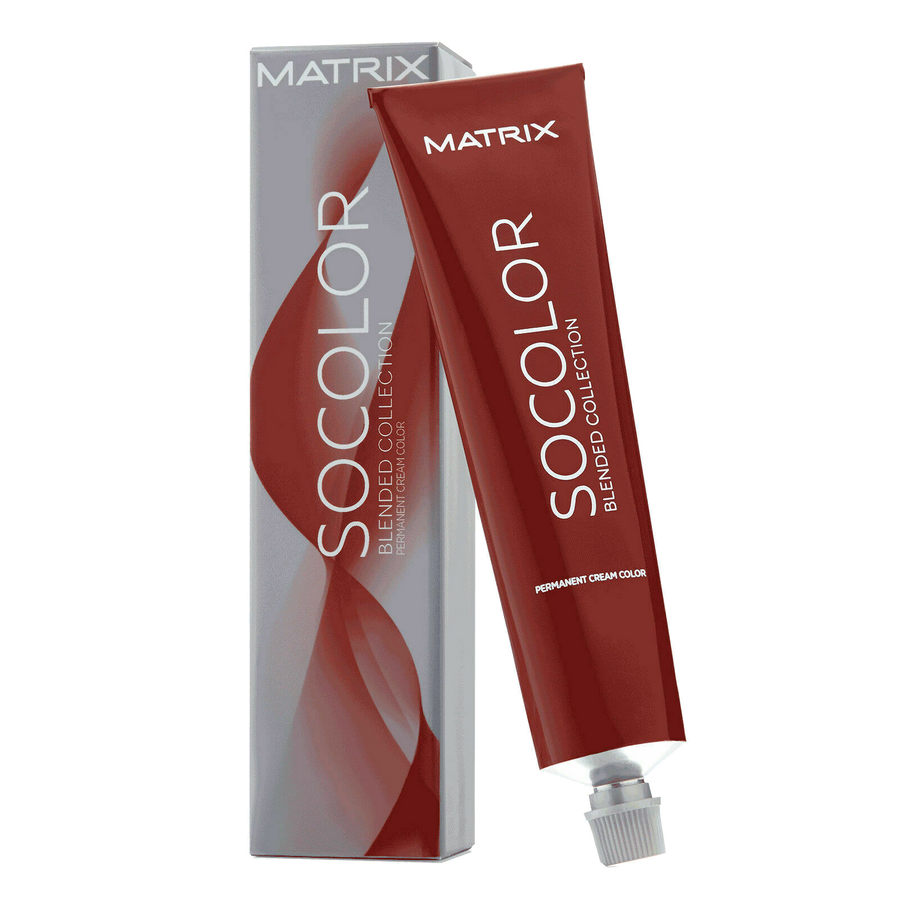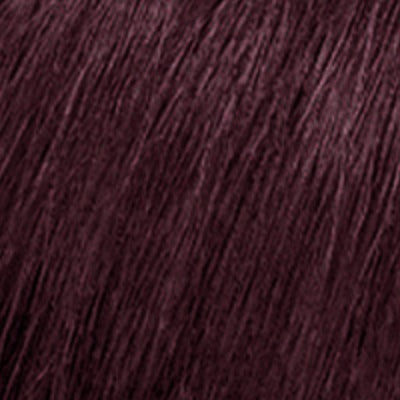Cold Weather Impact on Your Blow Dryer Performance
When the cold finally rolls in, most of us grab the coziest jumpers and crank up the heat. But what many don’t realise is that cold weather can also mess with your hair tools, especially your blow dryer. You might notice it taking longer to heat up, or the airflow feels weaker, even though you haven’t dropped or damaged it. It’s not your imagination.
Cold, dry air has a way of creeping into places it doesn’t belong. And home appliances, including hair tools, can be affected. For those who rely on their blow dryer for smooth, styled hair during autumn and winter, understanding how weather changes affect performance can save a lot of time, frustration and maybe even your hairstyle.
How Cold Weather Affects Blow Dryer Performance
When the temperature drops, the environment your blow dryer works in changes completely. There’s less moisture in the air, indoor heaters run nonstop, and the air becomes dry and static-filled. That shift doesn’t just impact your hair, it can also begin to affect your blow dryer’s performance.
Here are a few ways cold temps might interfere with how your blow dryer works:
- Slower heating: If you store your blow dryer in a cold bathroom or cupboard, its parts need time to warm up before working properly. Cold can cause the heater coils to take longer to reach their proper temperature.
- Lower airflow strength: Motor-driven appliances sometimes struggle when first turned on in a cold room. A cold motor can lead to poor airflow and uneven drying.
- Static buildup: Blow drying dry, winter hair in an equally dry room can lead to more friction and static. The blow dryer doesn’t actually create static, but it makes the situation worse when the air is already dry.
- Stress on internal components: Temperature drops followed by quick reheating over and over can begin to impact internal parts. While newer dryers are built to handle regular use, the wear becomes more obvious in colder months if these shifts happen often.
Think of it like your car on a freezing morning. It still runs, but it needs a bit of warming up.
Prepping Your Blow Dryer For Winter
To keep your blow dryer running smoothly during cold weather, it helps to treat it with a bit more care. A few small habits can extend its lifespan and improve your styling sessions.
1. Let it warm up: Instead of jumping right into blow drying the second you flip the switch, give the dryer 15 to 30 seconds to warm up. This allows the inner parts to get moving without being pushed too hard right away.
2. Store it somewhere warmer: Keeping it in rooms that get chilly, like a rarely used basement bathroom, can make it work harder when you plug it in. If possible, store your blow dryer in a dry, room-temperature drawer or cupboard.
3. Check the filter: The back vent might become clogged with lint or dust, especially if the air is dry and filled with pet hair or fibres. A dusty filter will make the dryer work harder, heat up unevenly, or even overheat. Use a soft toothbrush or cloth to gently clean it out once a week during colder months.
4. Don’t tug the cord: Being gentle with the power cord matters more in winter. Cold cords are stiffer and can crack more easily when pulled or wrapped too tightly.
5. Avoid sudden temperature changes: Taking your dryer from a warm room and using it immediately in a freezing cold bathroom can affect its internal parts. Try to give it a few minutes to adjust if the room is significantly colder.
These steps are simple and don’t take much time but can make a big difference when it comes to keeping your dryer at peak performance until spring rolls back around. It’s less about fancy repairs and more about treating your tool like something that gets affected by the same cold air that tightens your skin and fogs up your windows.
Common Problems and Quick Fixes
Even if you're diligent about caring for your blow dryer, colder months can still bring some annoying issues. Spotting these early and handling them the right way can help you avoid bigger problems.
Here are some common cold-weather blow dryer problems and how to respond:
- Dryer won't turn on: If you're dealing with a blow dryer that suddenly refuses to power up, don't panic. In winter, this can happen if the plug or switch gets slightly damaged or moisture seeps into the outlet. Try plugging it into a different outlet and give it a few minutes indoors before testing it again.
- Uneven or low heat: This usually traces back to buildup in the filter or vents. It restricts airflow, which causes the heating element to overcompensate. Regular cleaning helps prevent this, but if you've been skipping it, it's worth taking apart the back cap (if your model allows it) and gently brushing the filter clean.
- Louder noise than usual: When motor parts get cold, they can make humming or clicking sounds. If that noise sticks around past the two-minute mark, the interior might need inspection. You shouldn't take apart the entire dryer, especially if it’s under warranty, but it’s a good idea to let a professional check for loose connections or worn seals.
- The cord feels stiff or brittle: This is more likely if your dryer lives near a cold floor or drafty window. Avoid wrapping the cord tightly or bending it sharply in the cold. If the cable looks cracked, stop using it and check with the dryer’s manufacturer about a safe replacement part or a repair service.
- Static everywhere: This one’s not always the dryer’s fault. However, blow dryers used in low-humidity rooms can increase frizz and static, especially if there isn't a diffuser or ionic setting involved. Simple switches like using a leave-in product or drying your hair with a microfibre towel before blow drying can help reduce that charged-up feel.
Blow dryers are pretty resilient tools overall, but they do react to their environment. Recognising small changes and reacting mindfully helps the blow dryer work better and for longer.
Choosing A Blow Dryer That Handles Cold Weather Well
Not all blow dryers are built the same. Some hold up better under winter conditions than others, thanks to certain build features or materials inside the tool. If you're buying a new one or considering an upgrade soon, there are a few specs worth paying attention to.
Features to look for in a blow dryer that'll cope well with cold conditions:
- Ceramic or tourmaline technology: These encourage even heat distribution and help prevent hot or cold spots from developing while drying. This helps reduce overheating and protects the inner components in colder environments.
- Ionic settings: Ionic blow dryers are great for fighting frizz and static. That’s especially useful when the dry winter air already sets your hair up for wild flyaways.
- Multiple heat settings: A dryer that gives you low, medium and high heat options gives better control during colder months. When your hair feels more fragile from indoor heating or outdoor wind, being able to use a gentler setting can help.
- Cool shot button that actually works: A good cool shot button helps set your style. If your dryer has one that takes forever to cool down, it’s likely not built to handle wide temperature swings.
- Quality build and internal wiring: This one’s harder to spot right away, but good tools usually have thicker cords, tighter switches and sturdier buttons. If anything on the dryer feels loose or too light, it might not hold up as well over multiple seasons.
Don’t rush the choice. If you’ve noticed your older model struggling this year, a more reliable replacement built with colder weather in mind can save you time and stress next season.
Keeping Hair Healthy While Using Heat in Winter
Blow dryers aren’t the only thing under pressure this time of year. Your hair also goes through more stress in chilly weather. Along with dry wind outside and heating indoors, using heat tools makes everything feel drier, flatter or more brittle.
That doesn't mean giving up your styling routine though. It just means making a few changes that support your hair instead of working against it.
Here’s what helps cold-weather hair the most:
- Add moisture-rich products to your regular routine. Look for shampoos and conditioners that list oils, butters or humectants near the top of the ingredients list.
- Apply a leave-in conditioner or heat protectant before picking up the blow dryer. These create a buffer between your strands and any heat blast.
- Try air-drying partially before blow drying. You’ll spend less time applying direct heat.
- Use the lowest setting that works. There's no need to blast high heat every time. Medium or even low can still do the trick with a bit of patience.
- Focus on the roots first. The ends of your hair don’t need as much heat and are often the driest part, so avoid over-drying them.
One example is someone dealing with bangs that always look greasy in winter might be tempted to crank up the heat daily. Instead, drying just the roots gently with a diffuser and touching up with a round brush works better in the long run without drying everything else out.
Protecting your hair in winter isn’t about cutting out styling habits. It’s about adding the right support so the heat doesn’t undo all your hard work with moisture or shine.
Keep Your Style Strong Through the Cold
Cold weather brings enough of a shift to affect how your blow dryer performs, but keeping it in decent shape doesn’t take a huge effort. Being consistent with small habits like giving it time to warm up or cleaning the filter each week can make a big difference when it counts.
No styling session should feel like a fight with your tools. If your dryer isn’t working the way it should or your hair is reacting differently to your usual routine, winter may be the reason. With the right care for both your hair and tools, your styling can stay on track through the coldest months.
Whether you're battling frizz or want a faster way to get your hair dry and styled on colder mornings, using a dependable blow dryer makes all the difference. Smooth & Charming offers quality styling tools that are built to handle lower temperatures while keeping your hair looking healthy and polished.




